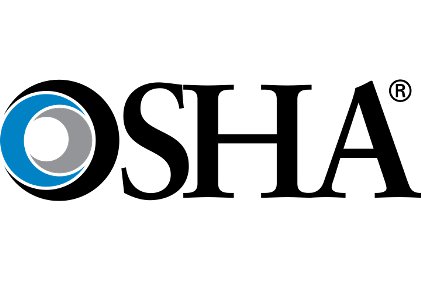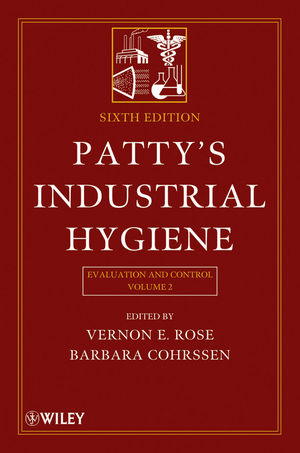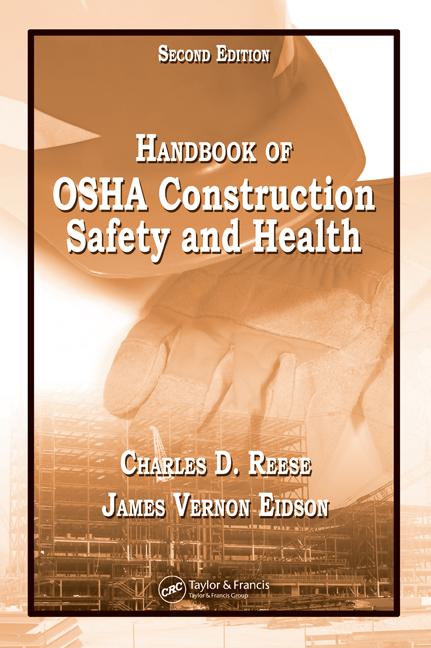 OSHA has revised its system of measuring how effectively states are enforcing workplace safety and health regulations.
OSHA has revised its system of measuring how effectively states are enforcing workplace safety and health regulations.
In an October 11, 2012 memorandum, OSHA chief Dr. David Michaels outlined the new State Activity Mandated Measures (SAMMs) for the agency’s regional administrators. The updated list focuses on the states’ response times to complaints, how they assess penalties, and whether compliance officers are accompanied by workers during inspections.
“While the original SAMM indicators are still included in the report, these measures are now supplemental data to be used primarily for management purposes, rather than the bases of the monitoring program,” wrote Michaels.
The new SAMMs cover:
• planned versus actual inspections;
• percent of inspections in the public sector;
• percent of inspections where establishments were found in compliance;
• average number of violations per inspection;
• average current serious penalty, with a breakout by total and size of employer;
• percent of high-hazard establishments inspected;
• percent of penalty retained after reductions;
• percent of fatalities responded to within one day;
• number of open, noncontested cases with incomplete abatement more than 60 days after citations were issued;
• average number days between an inspection's opening conference and issuing citations;
• average number of work days to initiate complaint investigations;
• average number of work days to initiate complaint inspections;
• percent of imminent danger complaints and referrals responded to within one work day;
• number of inspections where entry was denied and entry was not obtained;
• percent of safety whistleblower investigations completed within 90 calender days;
• average number of calender days to complete a safety whistleblower investigation;
• percent of safety whistleblower complaints determined to have merit; and
• percent of initial inspections with employee representation during the walk-around by inspectors or employee interviews.
The changes took effect Oct. 1.
The Occupational Safety and Health Act of 1970 encouraged states to develop and implement their own job safety and health plans. Approved state plans have up to 50% of their operating costs supplied by OSHA, and are required to provide standards and enforcement that are at least as effective as the federal OSHA program.



